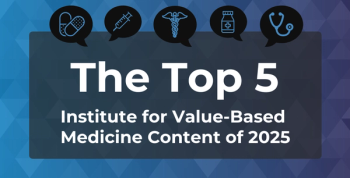
The Changing World of Oncology Reimbursement, Are You Ready?
The expenses associated with cancer care in the United States are staggering and only expected to climb.
The expenses associated with cancer care in the United States are staggering and only expected to climb. In 2010, the total cost was $125 billion. By 2020, with more individuals living with cancer as a chronic disease,
But full transition to
- Pay for Performance — Performance-based payment related to the oncologists’ compliance with select clinical pathways and proven guidelines.
- Oncology Patient-Centered Medical Home — Coordination payments for care management across a spectrum of clinical and supportive services.
- Commercial Payor Shared Savings Projects — Targeted ED visit and hospital utilization cost reductions through adherence to clinical pathways and guidelines, with savings from reduced utilization and improved care management shared with the oncologists.
Read the full story here:
Source: EGG Management Consultants
Newsletter
Stay ahead of policy, cost, and value—subscribe to AJMC for expert insights at the intersection of clinical care and health economics.







































